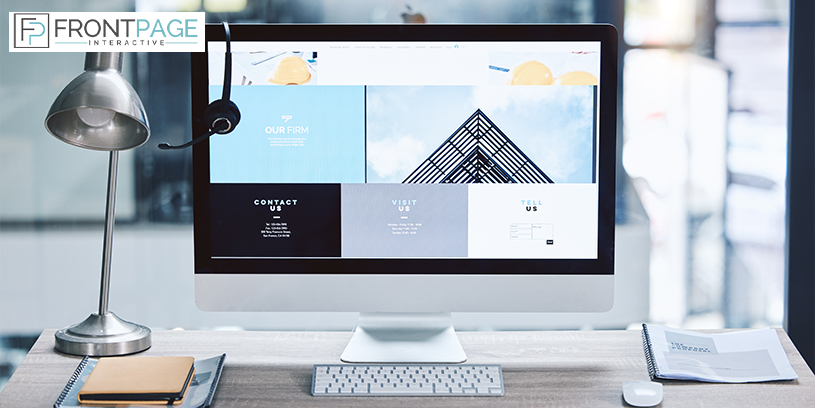Introduction
The role of aesthetics in web design is multifaceted and fundamental to the success of any online platform. Aesthetics encompass various visual elements such as layout, color, typography, imagery, and overall design style. While functionality focuses on usability and practicality, aesthetics enhance the overall user experience by making websites visually appealing and engaging.
First Impressions
Aesthetics are crucial for making a strong first impression on visitors. Within seconds of landing on a website, users form opinions about its credibility and trustworthiness based on its visual appearance. An aesthetically pleasing design can captivate users’ attention and encourage them to explore further.
Brand Identity
Aesthetic choices in web design are instrumental in conveying brand identity and personality. Consistent use of colors, typography, and imagery that aligns with a brand’s values and messaging helps create a cohesive brand identity across all online touchpoints. This strengthens brand recognition and fosters a sense of familiarity and trust among users.
User Engagement
A visually appealing website can significantly impact user engagement. Clear and intuitive navigation, attractive graphics, and well-designed layout elements can encourage users to stay longer on the site, explore its content, and take desired actions such as making a purchase or filling out a contact form.
Emotional Connection
Aesthetics have the power to evoke emotions and create a connection with users. Thoughtfully chosen imagery, color schemes, and design elements can evoke specific emotions or moods, influencing how users perceive and interact with a website. By creating a positive emotional experience, websites can leave a lasting impression on visitors and encourage them to return.
Visual Hierarchy
Aesthetic considerations also contribute to establishing a clear visual hierarchy within a website. This involves prioritizing important content, guiding users’ attention to key elements, and ensuring that the layout is visually balanced and easy to navigate. Well-defined visual hierarchy enhances readability and usability, leading to a more satisfying user experience.
Accessibility
Aesthetics should also take into account accessibility considerations to ensure that websites are inclusive and usable by all individuals, including those with disabilities. This includes factors such as color contrast for readability, scalable typography for readability across different devices, and proper use of alt text for images to assist users with visual impairments.
Competitive Advantage
In a crowded online landscape, aesthetics can serve as a competitive differentiator. A visually stunning website that stands out from the competition can attract more visitors, increase engagement, and ultimately drive business growth. Investing in high-quality aesthetics demonstrates a commitment to professionalism and excellence, setting a website apart from its competitors.
Frequently Asked Questions (FAQS)
What role do aesthetics play in web design?
Aesthetics in web design are crucial for creating visually appealing and engaging websites that leave a positive impression on visitors. They help convey brand identity, establish visual hierarchy, and evoke emotions, ultimately enhancing the overall user experience.
2. How can I ensure my website’s aesthetics align with my brand identity?
To ensure your website’s aesthetics align with your brand identity, it’s important to use consistent branding elements such as colors, typography, imagery, and design style. By incorporating these elements throughout your website, you can create a cohesive and recognizable brand presence online.
3. What are some key elements of visually appealing web design?
Key elements of visually appealing web design include clear and intuitive navigation, attractive graphics and imagery, well-chosen color schemes, readable typography, and a visually balanced layout. These elements work together to create a visually pleasing and user-friendly website.
4. How do aesthetics impact user engagement and website usability?
Aesthetics can significantly impact user engagement and website usability by capturing users’ attention, encouraging exploration, and creating a positive emotional connection. Visually appealing websites with intuitive design elements are more likely to keep users engaged and satisfied, leading to higher conversion rates and better overall user experience.
5. What accessibility considerations should be taken into account when designing for aesthetics?
When designing for aesthetics, it’s important to consider accessibility for all users, including those with disabilities. This includes factors such as ensuring sufficient color contrast for readability, using scalable typography that can be resized without losing clarity, and providing alternative text for images to assist users with visual impairments. By prioritizing accessibility alongside aesthetics, you can create a website that is inclusive and usable by all individuals.
Conclusion
In summary, aesthetics play a vital role in web design by enhancing visual appeal, conveying brand identity, fostering user engagement, creating emotional connections, establishing visual hierarchy, ensuring accessibility, and providing a competitive advantage. By prioritizing aesthetics alongside functionality, web designers can create compelling online experiences that resonate with users and drive success for businesses and organizations.









